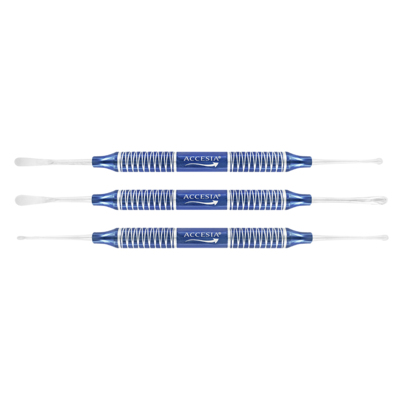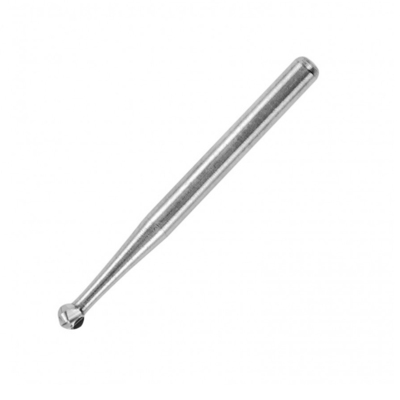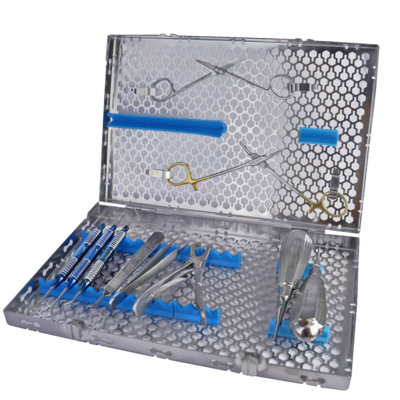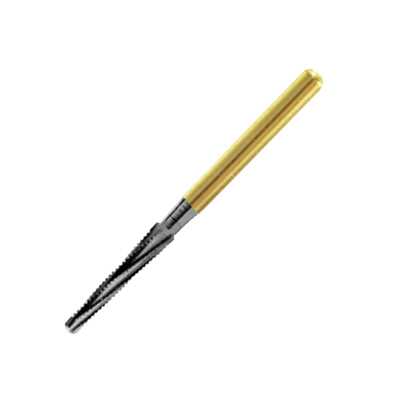
Inhalt
Theorie:
• Indications and contraindications for extractions
• Diagnosis of dental disease: refresher of dental and periodontal examination
• Diagnosis of dental disease: refresher of radiograhy and radiology
• Oral surgical anatomy: knowledge necessary for proper extractions
• Extraction techniques (closed technique, open technique, intentional crown amputation)
• How to manage pre-existing conditions that may complicate extractions (e.g. root ankylosis, abnormal morphology and position of teeth, unerupted teeth, severe bone loss, lack of soft tissue for surgical site closure, presence of developing tooth buds)
• How to avoid peri-surgical complications (patient’s preparation and positioning, correct use of mouth props)
• How to avoid procedurals’ complications (ergonomics, and correct management of tissue flaps and instruments/materials)
• How to manage procedurals’ complications (root fractures, OOF/OOF, dislocation of root fragments)
Praxis:
• Radiography techniques
• Routine and complicated extractions in dogs and cats, using open and closed techniques, including:
-Extraction of maxillary M1 in dogs and closure of extraction site with modified mucogingival flap
-Extraction of maxillary canine teeth and closure of extraction sites in case of severe gingival recession and tissue loss
-Extraction of root tips
-Access to mandibular canal and nasal cavity for retrieval of displaced root tips
• Closure of oronasal and oroorbital fistulas with mucogingival flaps
• Indications and contraindications for extractions
• Diagnosis of dental disease: refresher of dental and periodontal examination
• Diagnosis of dental disease: refresher of radiograhy and radiology
• Oral surgical anatomy: knowledge necessary for proper extractions
• Extraction techniques (closed technique, open technique, intentional crown amputation)
• How to manage pre-existing conditions that may complicate extractions (e.g. root ankylosis, abnormal morphology and position of teeth, unerupted teeth, severe bone loss, lack of soft tissue for surgical site closure, presence of developing tooth buds)
• How to avoid peri-surgical complications (patient’s preparation and positioning, correct use of mouth props)
• How to avoid procedurals’ complications (ergonomics, and correct management of tissue flaps and instruments/materials)
• How to manage procedurals’ complications (root fractures, OOF/OOF, dislocation of root fragments)
Praxis:
• Radiography techniques
• Routine and complicated extractions in dogs and cats, using open and closed techniques, including:
-Extraction of maxillary M1 in dogs and closure of extraction site with modified mucogingival flap
-Extraction of maxillary canine teeth and closure of extraction sites in case of severe gingival recession and tissue loss
-Extraction of root tips
-Access to mandibular canal and nasal cavity for retrieval of displaced root tips
• Closure of oronasal and oroorbital fistulas with mucogingival flaps
Zielsetzung des Kurses
Get the knowledge you need to be able to avoid and manage complications to extractions.
Zielgruppe
Tierärzte
Vorkenntnisse
Dentistry I oder Extraktionserfahrung
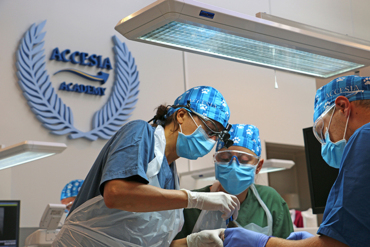
Teilnahmegebühr
€ 2 195,00

Margherita Gracis
DVM, Dipl AVDC, Dipl EVDC
Datum
2025-11-20 - 2025-11-22
Letzter Anmeldetag
2025-11-12
Anmeldung
Anzahl Teilnehmer
Um ein hochwertiges Ausbildungsereignis und wirkungsvolles Lernen anbieten zu können, ist die Teilnehmerzahl auf 24 Personen begrenzt.
Platz
Accesia Academy, Söndrumsvägen 35, 302 37 Halmstad, Schweden
Tider
09.00-17.00 (Der letzte Tag endet um 16.30 Uhr)

